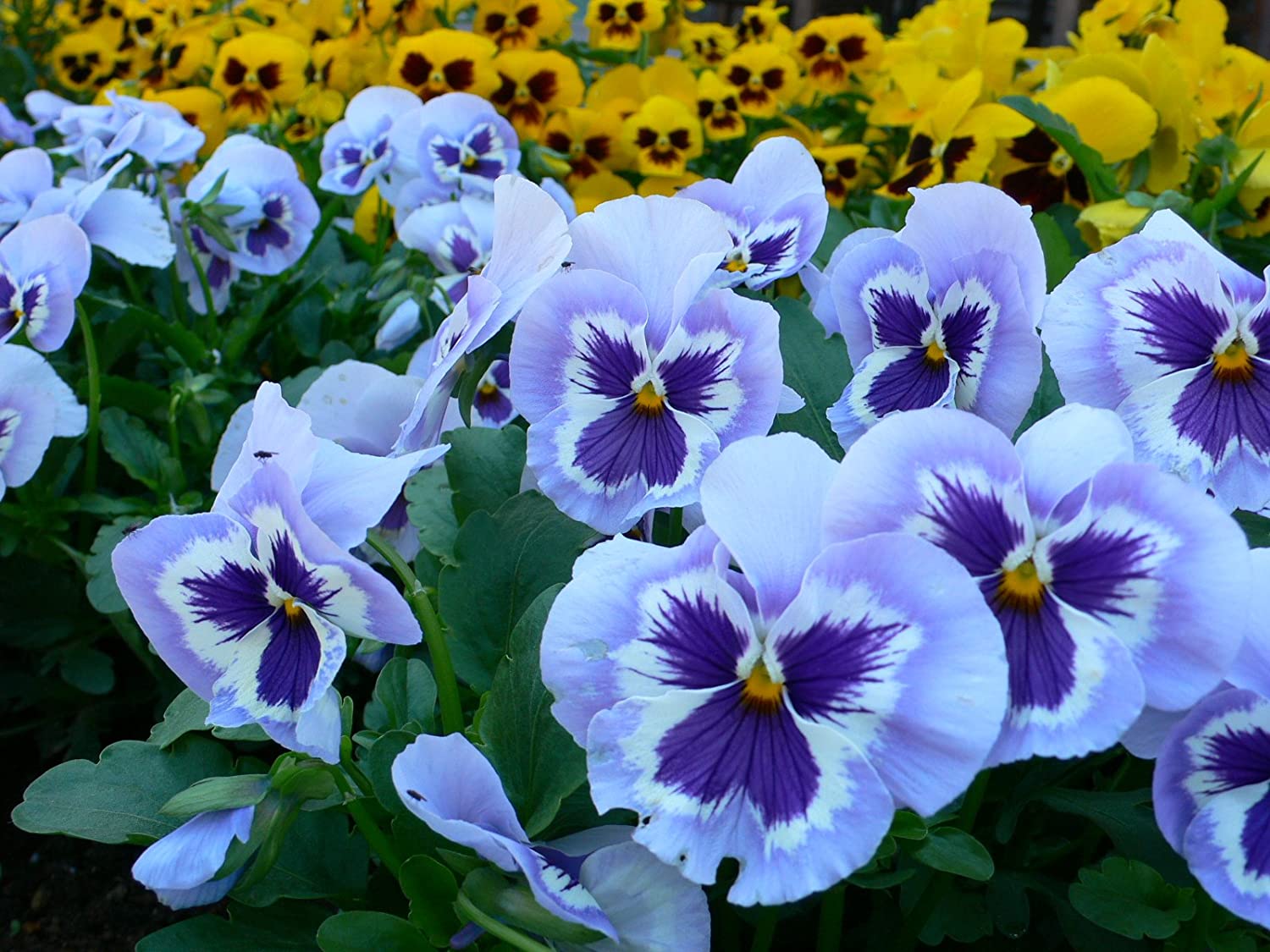
When it comes to adding an enchanting touch of color to a garden or a bouquet, pansies are a popular choice. These delicate flowers, with their velvety petals and unique patterns, have captured the hearts of gardeners and flower enthusiasts around the world.
Beyond their beauty, pansies also hold a certain air of mystery. From their historical significance to their symbolic meanings, there are several intriguing facts about these enchanting blooms that may surprise you. Whether you’re a gardening aficionado or simply curious about the natural world, we’ve compiled a list of 14 enigmatic facts about pansies that will surely pique your interest.
Key Takeaways:
- Pansies are vibrant, cool-season flowers with “faces” that attract pollinators. They symbolize love and free thought, and can even be used in traditional medicine for their therapeutic properties.
- Pansies are easy to grow, come in a wide range of colors, and can self-seed. They are not only beautiful but also edible, adding a touch of color and mild flavor to salads, desserts, and drinks.
Pansy flowers belong to the Viola genus.
Pansy flowers, scientifically known as Viola tricolor, are part of the Viola genus. They are characterized by their vibrant colors and distinctive blotch-like patterns on their petals.
Pansies are biennial or short-lived perennials.
Depending on the variety, pansies can either live for two years (biennial) or for a short period as perennials. They are often treated as annuals in gardening due to their ability to bloom quickly.
Pansies are native to Europe and Western Asia.
Originating from Europe and Western Asia, pansies have spread across the globe and are now cultivated and loved by gardeners in different parts of the world.
Pansies have a wide color range.
Pansies come in a vast array of colors, including shades of purple, yellow, orange, red, blue, and white. Some varieties even have multiple colors on a single bloom.
Pansies are known for their “faces.”
Pansy flowers have a distinctive shape with petals that overlap and give the appearance of a “face.” This unique feature adds to their charm and has earned them the nickname “violas with faces.
Pansies are cool-season flowers.
Pansies thrive in cooler temperatures and are considered cool-season flowers. They can endure frost and often bloom during spring and fall when other flowers may struggle.
Pansies are easy to grow.
Whether you’re an experienced gardener or a beginner, pansies are a great choice as they are relatively easy to grow. They can be grown from seeds or purchased as young plants from nurseries.
Pansies prefer well-drained soil.
Pansies prefer well-drained soil that is rich in organic matter. They can tolerate various soil types as long as they receive enough sunlight and water.
Pansies attract pollinators.
The colorful blooms of pansies attract pollinators such as bees and butterflies, making them a valuable addition to any garden or landscape.
Pansies have culinary uses.
While primarily cultivated for their beautiful flowers, pansies are also edible. They are often used as decorations in salads, desserts, and drinks, adding a touch of color and mild flavor.
Pansies have symbolic meanings.
Pansies have been associated with various symbolic meanings throughout history. They are often seen as symbols of remembrance, love, and thoughtfulness.
Pansies can self-seed.
Pansies have the ability to self-seed, meaning that if left undisturbed, they can drop seeds and produce new plants in subsequent seasons without human intervention.
Pansies are used in traditional medicine.
Some cultures have utilized pansies in traditional medicine for their potential therapeutic properties. They have been used to treat respiratory ailments, skin conditions, and even headaches.
Pansies are a symbol of free thought and nonconformity.
In certain societies, pansies have been embraced as a symbol of free thought and nonconformity. They represent the idea of breaking societal norms and embracing individuality.
Was this page helpful?
Our commitment to delivering trustworthy and engaging content is at the heart of what we do. Each fact on our site is contributed by real users like you, bringing a wealth of diverse insights and information. To ensure the highest standards of accuracy and reliability, our dedicated editors meticulously review each submission. This process guarantees that the facts we share are not only fascinating but also credible. Trust in our commitment to quality and authenticity as you explore and learn with us.


